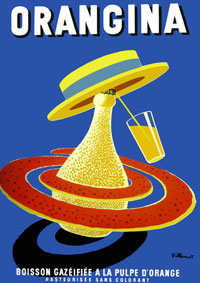Chestnuts are thought to be limited to one kind - one edible variety of chestnuts. Quite confusingly, there are two words that mean the same thing in French: marron and châtaigne. In this post, we will explain the complex differences.
What Are Popular Chestnuts We Often See?
Chestnut trees are among the world's most popular nut-producing trees. In certain regions of the world, the chestnut tree is called the bread tree because its nuts are low in fat and have less fat than other nuts. Fresh chestnuts also contain twice as much starch as a potato.
Chestnut species that are edible include...
- American chestnut
- Chinese chestnut
- Japanese chestnut
- European chestnut
- Chinquapin.
People should be aware that horse chestnut is sometimes used to refer to an unrelated species of tree in the Aesculus genus, also widely known as buckeyes. As an ornamental tree, the Aesculus genus produces toxic inedible nuts and are occasionally misrepresented as edible in the United States. Chestnuts from the genus Castanea are edible.
French cuisine is known for delectable desserts containing chestnuts as the main ingredient. There are an array of cakes, candies, and tarts available during the holidays with this trademark flavor.





Comments
Leave a comment